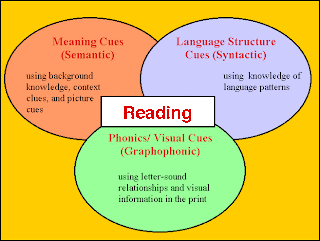Last Thursday, I was sitting in my Art Methods course and the professor read a passage called "The Great Peace." While I didn't know it at the time, the passage was taken from an old Iroquois Legend about The Peacemaker and the Tree of Peace. The passage spoke of a tree whose roots spread into the four directions: one to the north, one to the south, one to the east, and one to the west:
"Into the depths of the earth, down into the deep under earth currents of water flowing into unknown regions, we cast all weapons of strife. We bury them from sight forever and plant again the tree. Thus shall all Great Peace be established and hostilities shall no longer be known between the Five Nations but only peace to a united people."
"We have completed our power so that we the Five Nations Confederacy shall in the future have one body, one mind, and one heart. If any evil should befall us in the future, we shall stand or fall united as one man."
.JPG)
After reading the passage to the class, the professor asked us to draw an image that represented our interpretation of the passage. Many of my classmates began drawing beautiful and creative drawings of trees. However while I was listening to the passage, it did not occur to me that the passage was truly about a tree, and thus I was viewing it from a symbolic perspective. Therefore, I began to draw in my sketchpad the Shield of Achilles (which I've never seen) based upon a text-to-self/world connection. I remember watching a movie in which the argument was posed that the scenes of normal life depicted on Achilles' shield suggested an alternative to war. I thought that a shield is something in which weapons are cast upon. A shield could have a cross pointing in all directions as a compass. A shield could be called a tree since it's made of wood. Lastly, it could be divided into 5 sections to symbolize the Five Nations that was mentioned.
This particular experience made me realize and further understand the concept of schemas and how we automatically use our background knowledge and what we already know to make sense of what we experience. As educators, it is important to note that students also learn and make sense of things by starting off with what they know. By utilizing this natural tendency of our students, we can hope to increase their understanding beyond the text through the many connections that they can make to the text.


.JPG)
